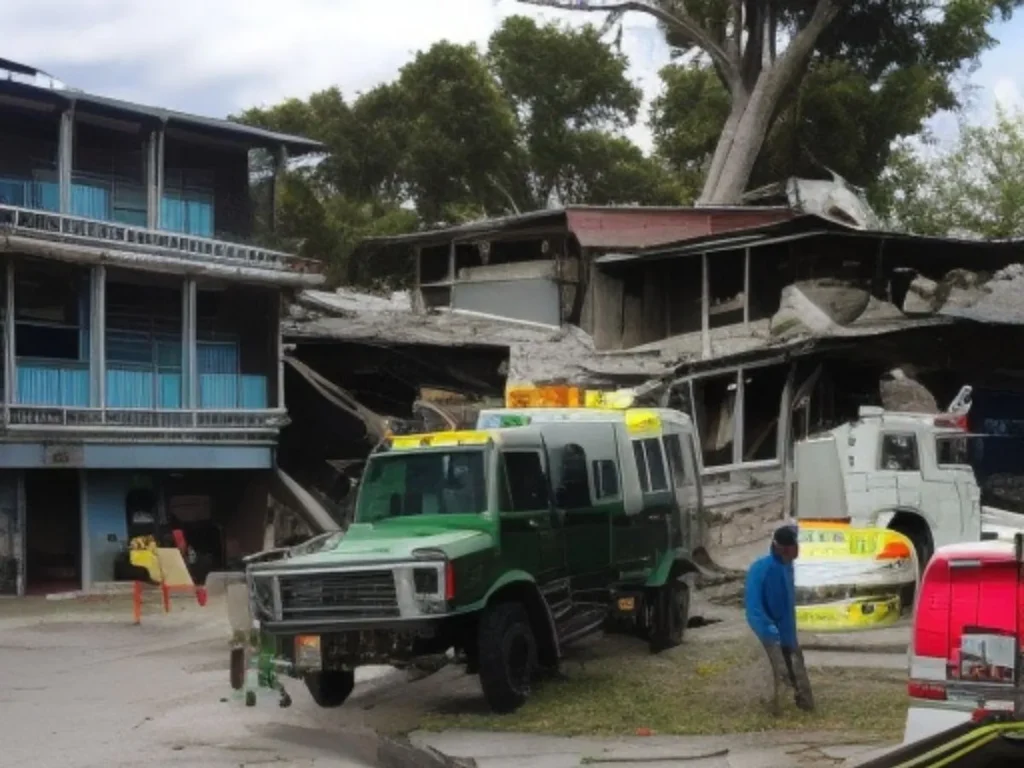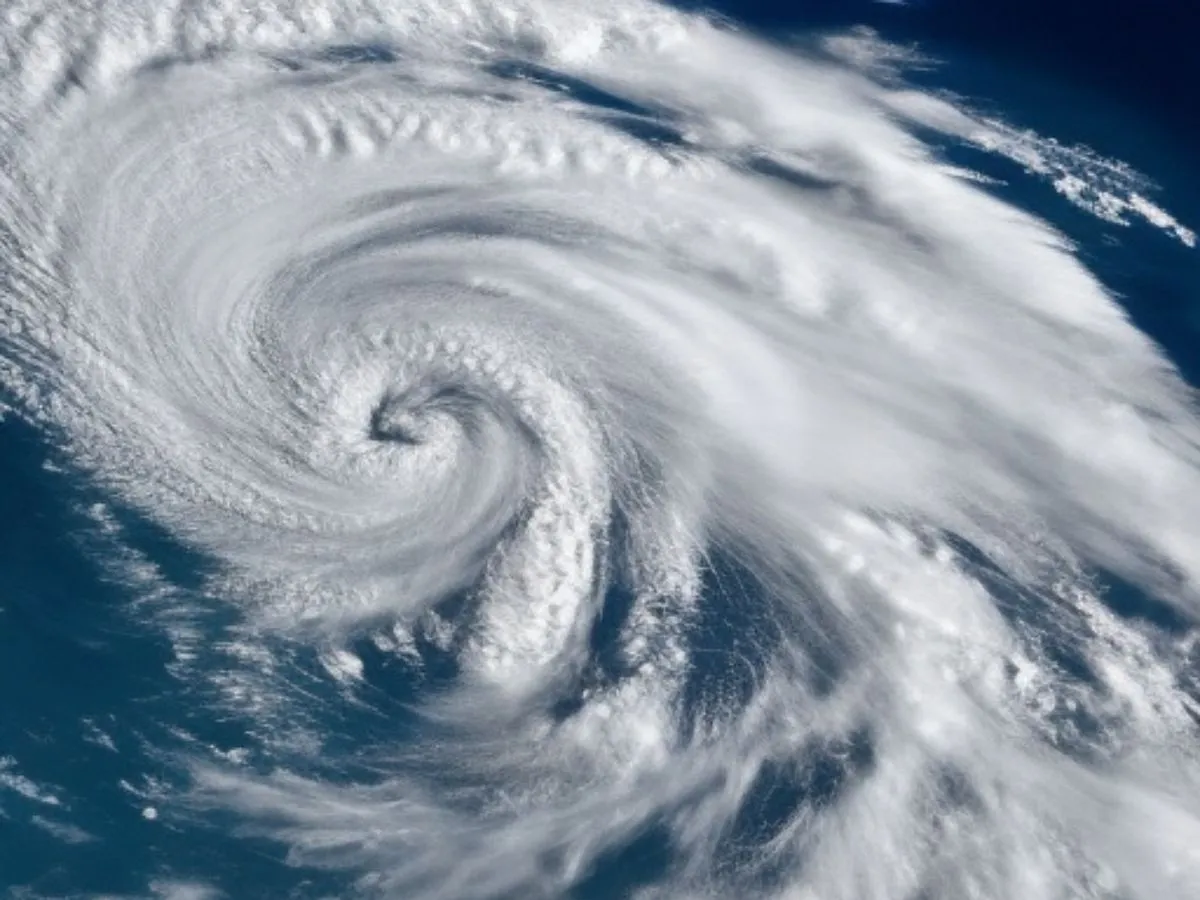The powerful Category 4 Hurricane Idalia, which struck the southeastern United States in late August 2023, left a lasting imprint on the region. As we dissect the aftermath of this devastating hurricane, it is essential to glean valuable insights for future preparedness and disaster management. This article explores the impacts, responses, and lessons learned from Hurricane Idalia, ensuring that we approach such natural disasters with a more comprehensive and informed perspective.
Understanding Hurricane Idalia
Hurricane Idalia emerged from the warm waters of the Atlantic, evolving into a fierce Category 4 hurricane. With 1-minute sustained winds reaching 130 mph and a minimum central pressure of 940 mbar, it left an indelible mark on the affected areas. The storm’s path spanned from the Yucatán Peninsula to Bermuda, causing a mix of direct and indirect fatalities along with extensive damage.
Impacts on Southeastern United States
- Florida’s Battle: Hurricane Idalia’s landfall in Florida, particularly the Big Bend region, exposed the vulnerability of coastal communities. The wind, reaching 125 mph at landfall, resulted in severe damage. Water levels in Cedar Key soared to a record 6.8 feet, while Tampa Bay and Clearwater witnessed storm surges exceeding 3 feet.
- Georgia’s Response: Georgia also faced significant challenges, with the Valdosta area experiencing a flash flood emergency. Fallen trees claimed lives, highlighting the need for reinforced safety measures.
- The Carolinas: As the storm moved through South Carolina, it breached historical defenses like The Battery, leading to widespread downtown flooding. North Myrtle Beach witnessed a waterspout-turned-tornado, causing damage to a neighborhood.
Government and Emergency Responses

In the wake of Hurricane Idalia, swift and effective responses were imperative:
- Florida’s Evacuation Plans: Florida Governor Ron DeSantis declared a state of emergency and ordered the evacuation of more than 10,000 residents from vulnerable areas.
- Federal Aid: President Joe Biden approved an emergency declaration for Florida, authorizing FEMA to coordinate disaster relief efforts.
- Power Restoration: Efforts were made to restore power to over 278,000 customers, and FEMA opened temporary Disaster and Recovery Centers in several Florida counties.
Economic Impacts and Insurance Claims
Hurricane Idalia had significant economic repercussions:
- Assessed Damage: The total damage reached $704.1 million across Florida and Georgia, with at least 21,252 insurance claims totaling $216.1 million in Florida.
- Agricultural Losses: The storm inflicted agricultural losses totaling $447 million in Florida.
- Insurance Companies’ Estimates: Initial calculations showed possibilities of damage exceeding $9 billion, but tempered over time. Private insured losses were estimated at $3–5 billion.
Lessons for the Future
The experience with Hurricane Idalia underscores the importance of preparedness:
- Improved Building Codes: The impact of Idalia was lessened in Florida due to improved building codes, enabling structures to better withstand hurricane effects.
- Safety Measures: Timely evacuations, emergency shelters, and efficient response systems are critical in minimizing loss of life and property damage.
- Climate Resilience: In the face of more frequent and severe hurricanes, communities must adopt climate-resilient measures and infrastructure to mitigate future damage.
Conclusion
Hurricane Idalia’s passage through the southeastern United States serves as a stark reminder of the relentless power of nature. It underscores the significance of preparedness, rapid response, and improved infrastructure to minimize loss of life and economic impact. As we learn from the challenges posed by Idalia, we fortify our ability to confront future natural disasters with resilience and adaptability.
